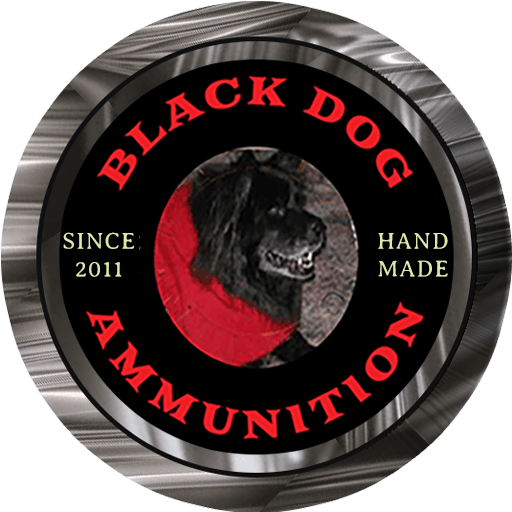Description
The 30-40 Krag was a cartridge developed in the early 1890s to provide the U.S. armed forces with a smokeless powder cartridge suited for use with modern small-bore repeating rifles to be selected in the 1892 small arm trials. Since the cartridge it was replacing was the.45-70 Government, the round was considered small-bore at the time. The design selected was ultimately the Krag–Jørgensen, formally adopted as the M1892 Springfield. It was also used in M1893 and later Gatling guns.
Though the U.S. Navy and Marine Corps had adopted limited numbers of smokeless powder and bolt-action rifles, the .30-40 was the first cartridge adopted by the US Army that was designed from the outset for smokeless powder. After a brief experiment with a 230-grain bullet loading, the .30 Army loading was standardized in 1894 using a 220-grain (14 g) metal-jacketed round-nose bullet with 40 gr (2.6 g) of nitrocellulose powder. This loading developed a maximum velocity of 2,000 ft/s (610 m/s) in the 30-inch (760 mm) barrel of the Krag rifle,[2] and 1,960 ft/s (600 m/s) in the 22-inch (560 mm) barrel of the Krag carbine.0 Krag (also called .30 U.S., or .30 Army) was a cartridge developed in the early 1890s to provide the U.S. armed forces with a smokeless powder cartridge suited for use in rifle and gatling gun.






Reviews
There are no reviews yet.